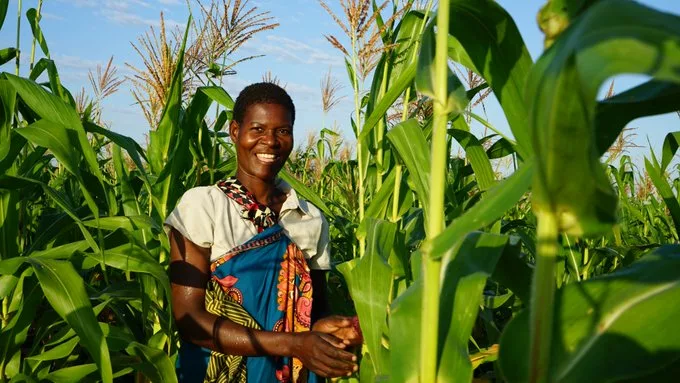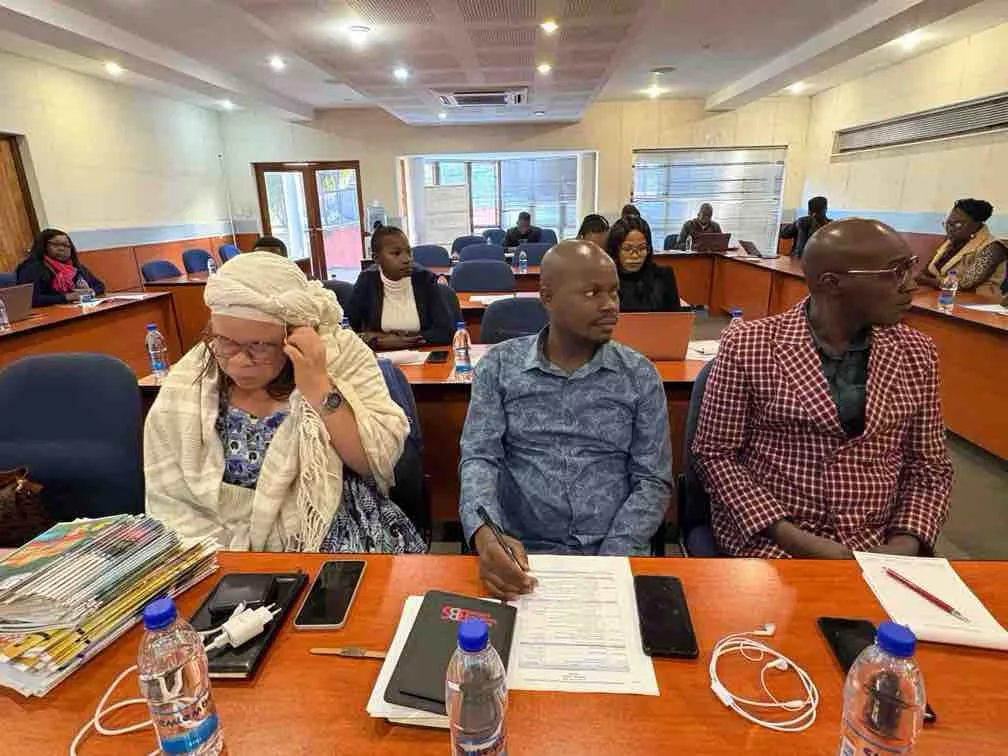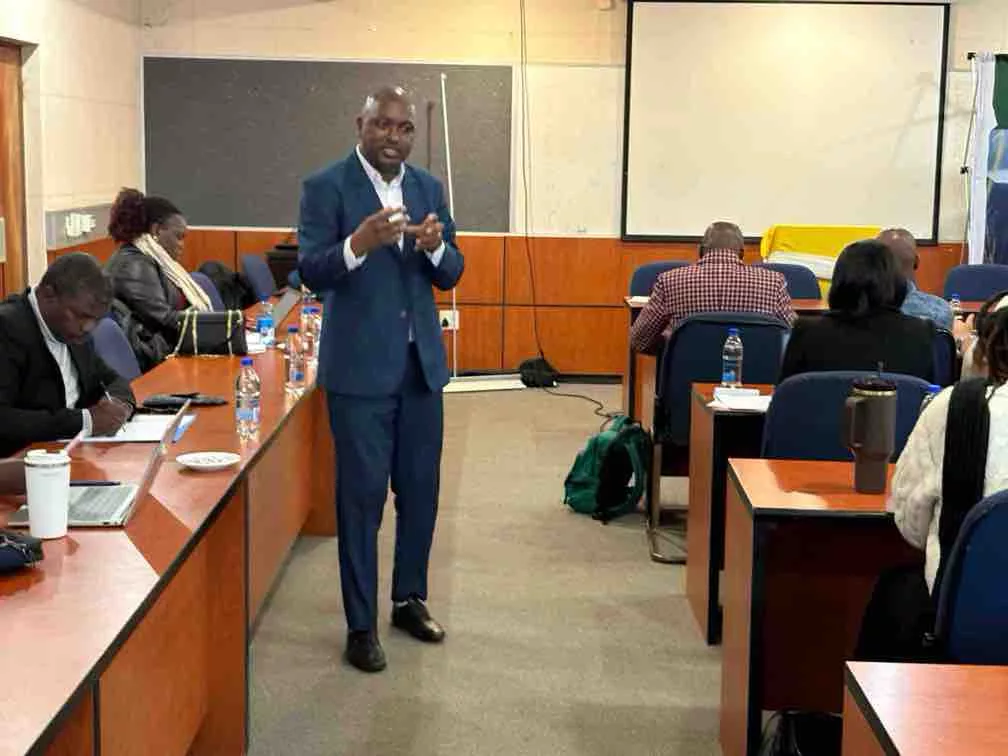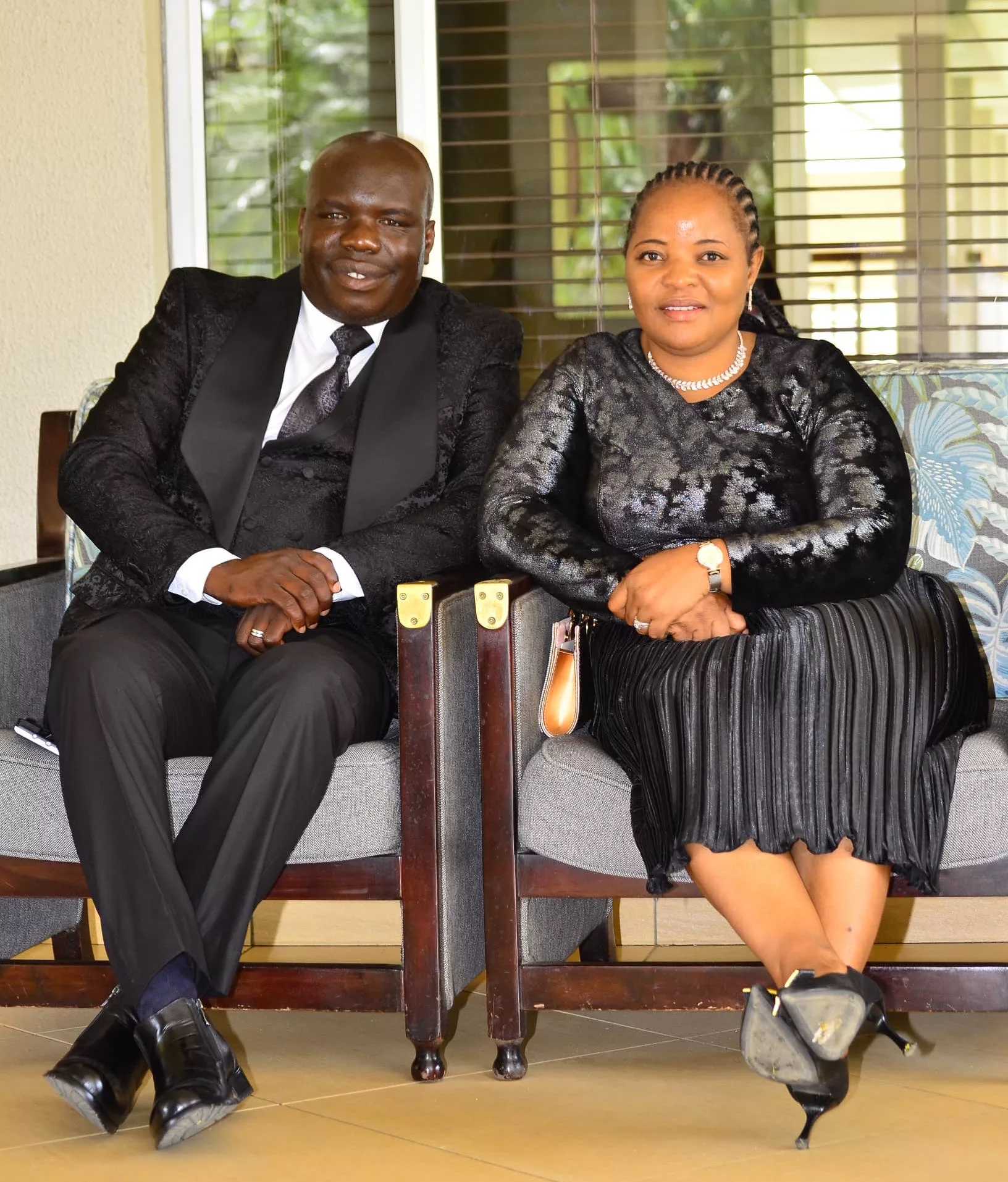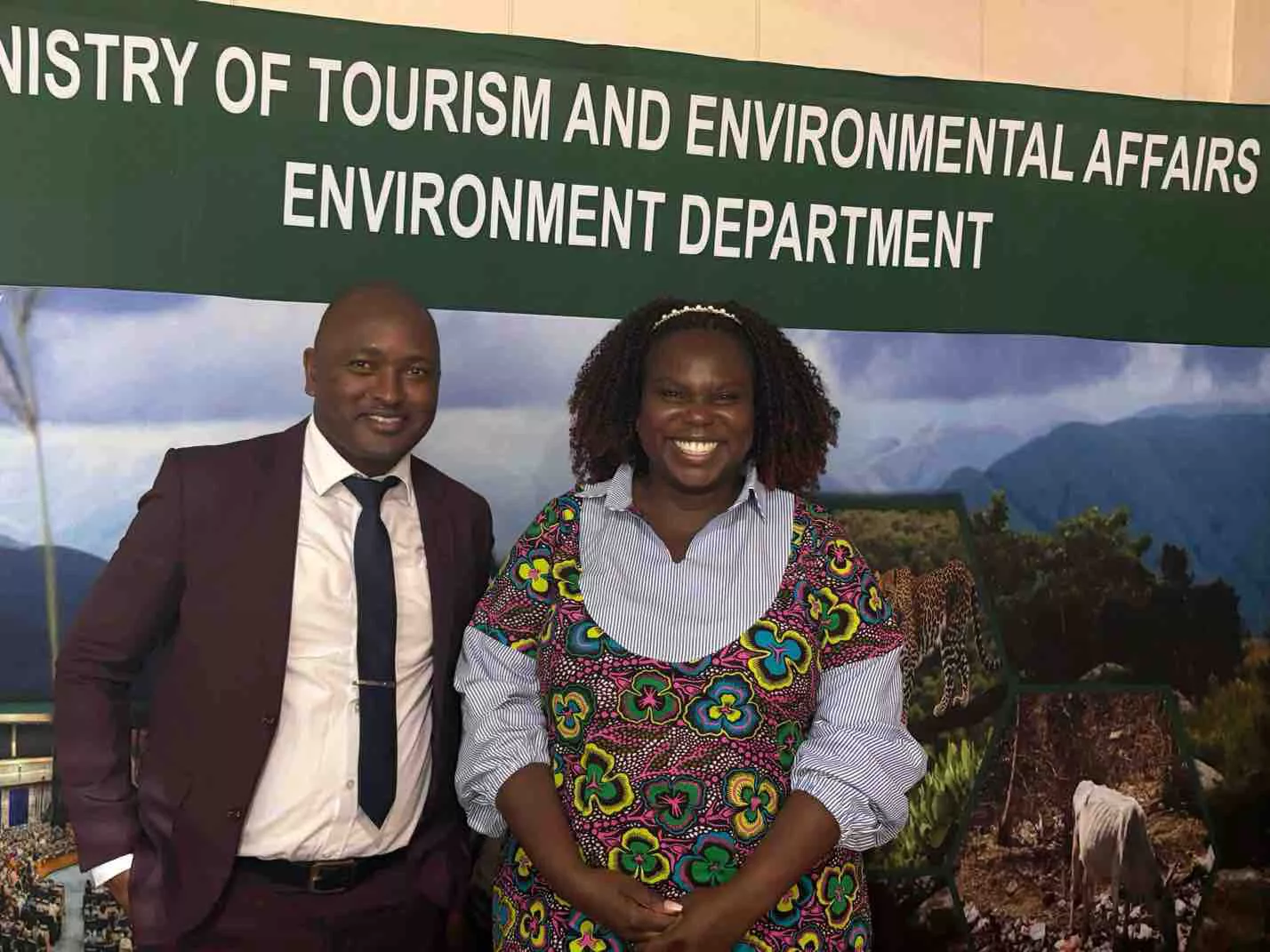Writes Byron Adonis Mutingwende
Addis Ababa, Ethiopia – Non-state actors meeting in Addis Ababa, Ethiopia from the 10th to the 12th of June 2025 are proffering recommendations to make the Comprehensive Africa Agriculture Programme (CAADP) Strategy and Action Plan 2026-2035 work.
Justice Zvaita, the Coordinator of the Southern Africa Climate Smart Agriculture Alliance (SACSAA) said his organization played a key role in advancing CAADP implementation, especially during the post-Malabo period.
“One of our key contributions was conducting a regional study on the feasibility of establishing national climate-smart agriculture alliances in all the SADC 16 member states and that the research was instrumental in identifying gaps, opportunities, and enabling conditions of mainstreaming CSA across the SADC region,” Zvaita said.
He proffered priority actions for the next CAADP cycle (2026-2035).
“We should set up committees and regional economic communities (REC)-level monitoring and evaluation task forces. There is also a need to acknowledge and value the knowledge, innovations, and practices contributed by communities, farmer organizations, and civil society organizations (CSOs) in shaping climate-resilient and inclusive agricultural food systems.
“Stakeholders should adopt open-data protocols so ministries, CSOs, and the private sector share climate-smart agriculture budgets, targets, and results on one platform. We also need to create a dedicated NACIP Challenge Fund” (co-financed by RECs, AfDB, IFAD) to channel small grants to non-state actors-led pilots that feed directly into national agriculture investment plan (NAIP) revisions and other processes,” Zvaita said.
Addressing the same gathering, Ron Mulamba from the Consortium of African Youth in Agriculture and Climate Change (CAYACC) said there is a need for sensitization of the CAADP process (both at the regional and national level) among many youth (in terms of access to information) since young people still don’t understand what CAADP is and how their national agrifood system implementation plans (NASIPs) feed into the CAADP commitments.
“We started working with the African Union to domesticate the African Agriculture Youth Strategy at the national level and integrate youth Agribusiness into NASIPS, which feeds into the CAADP Agenda.
“We have also started building national CAYACC chapters to liaise with ministries of agriculture and participate in multi-stakeholder platforms. At the regional level, we brought more grassroots youth to the discussion table, in forums and side events through collaboration with AGRA and AU. We’ve also partnered with key stakeholders like FAO to hold regional dialogues to discuss with the youth what’s in the CAADP Agenda for young people, and why this should matter to them,” Mulamba said.
The other problem he cited is the language barrier, especially in North Africa and other non-English speaking regions (for regional CAADP processes).
“We have started working with regional focal points to break language barriers. Funding constraints for youth-led CAADP-aligned initiatives also remain a barrier. We’re currently exploring partnerships with AGRA, GIZ, and others to support youth projects that align with CAADP priorities and commitments.
“When we sensitize the youth on the financial commitments made by the member states, it helps put more pressure on the states, making it more likely that the countries will follow through with the commitments,” Mulamba added.
Agnes Kirabo, a member of the CAADP Non-state Actors Group, shared experiences in the East African Community, with a focus on Uganda, on the implementation of the CAADP strategy and action plan.
“We have widely mobilized NSAs that work on diverse issues aligned to CAADP in order to leverage on existing capacities and resources. We have, therefore, been able to sustain engagements.
“Our work and engagements have integrated CAADP implementation in planning and budget work. This makes our engagements consistent throughout the year and not during events. We have engaged the biannual review processes and joint strategic reviews with alternative NSA positions presented and discussed,” Kirabo said.
They have faced challenges related to the mobility of NSAs that have highly constrained their engagements.
She said there is a need to build the capacity of NSAs to comprehend CAADP frameworks.
“Many NSAs prefer to engage on their usual agendas. This limits the inclusiveness and mass mobilization. NSAs have diverse goals, and sometimes, they compete rather than cooperate. NSA data has largely not been acceptable during the BR Processes due to stringent data protocols.
“Moving forward, there is a need for ensuring that CAADP aspirations are integrated into National Development Plans and subsequently annual plans and budgets,” Kirabo added.


